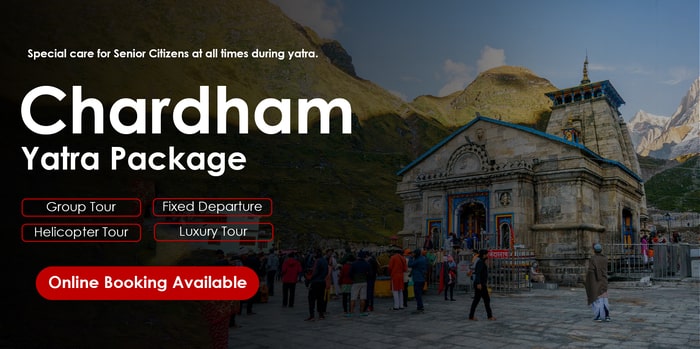Last Updated on February 11, 2025
The Indian population has always worshipped the river systems that run across the entire subcontinent. These riversides have been home to some of the earliest civilizations in the world. Mentioned in the important Hindu text, the Rig Veda, this river plays a significant role for Hindus. The history of this river is tumultuous, and its location is reported to have changed over time. The Rig Veda mentions the river as being between the Yamuna in the east and the Sutlej in the west, while later Vedic texts mention that the river dried up into a desert. Whatever the history of the Saraswati River is, it does not lessen its importance in a religious and holy context.
- Ancient Mention: Referred to in the Rig Veda as a sacred river.
- Historical Role: Supported the Harappan civilization over 4,000 years ago.
- Current Location: Identified with the dry bed of the Ghaggar River in Haryana and Rajasthan.
- Mythological Importance: Personified as Goddess Saraswati, the goddess of knowledge.
- Size: Once longer than the Indus, with a length of 1,500 km.
Origin of Saraswati River

The Saraswati River is one of the tributaries of the Alaknanda River, whose source can be traced back to the grand Satopanth glacier and Bhagirathi Kharak glacier. Flowing through narrow spaces between the mountains, this river meets the Alaknanda at Keshav Prayag, which is located near the last village of India on the China border. Once the confluence with the Saraswati River occurs, the Alaknanda merges with the Ganga at Devprayag, where it is named Bhagirathi. One of the most popular tourist spots is a natural stone bridge built across the river called Bhim Pul in Mana, which can easily be visited during a trip to Badrinath, as it is located just 3 km from Badri Vishal.
How to Reach
The holy river flows through the village of Mana in Chamoli district, and local transportation services are available that go up to Mana. From here, you can take a short hike to the Saraswati.
By Road – Due to its location just ahead of the Badrinath temple, this river can be visited by following the same route as the one to the Badri Vishal temple. You can take a local, state-run, or private bus from Delhi, Haridwar, Rishikesh, Dehradun, Nainital, etc. The roads are well-connected and in good condition, but they can get jam-packed during the peak pilgrimage season.
By Rail – The closest railway station to the Saraswati River is in Rishikesh, which is about 300 km away. From there, you can hire a cab or take a state-run bus to the Badrinath bus stand. Shared jeep services are also available.
By Air – The closest airport is located about 311 km away in Dehradun (Jolly Grant Airport). This airport handles flights from cities like Delhi, Mumbai, etc. From there, you can follow the same route as mentioned for rail travel: hire a cab or take a state bus to the main town of Badrinath.
Current Course of the River
According to research and course studies of the river, it is shown that the river once flowed through the Thar Desert region. This river, referred to as the “mother of rivers” in the Rig Veda, has been identified as the present-day dry bed of Ghaggar in Haryana and Rajasthan. The course of the river has been agreed to have changed, shifting its course continually. Through advanced satellite imagery, scientists have confirmed that this river gradually shifted its course westward. Field investigations by researchers have revealed that the areas through which the river used to flow still support lush green and thriving vegetation, even during the hottest summer days in the Thar Desert. In fact, some wells dug here have yielded water at just 30 to 40 meters depth.
Interesting Facts
- The personification of the river is worshipped in India in the form of Goddess Saraswati, who is also believed to be the goddess of knowledge. The river holds immense importance to Hindus ever since it has flowed through the ancient northern Indian region.
- The banks of the Saraswati River were once used by the people of the Harappan civilization for farming and settlement, as evidenced by the archaeological remains found here. These have been dated back around 4,000 years. This shows that the river has always been vital to the people of India.
- Now a dried-up river, visible only in very select places, the Saraswati River was once much grander and longer than the Indus and Sindhu rivers, stretching up to 1,500 km in length and 3 to 15 km in width. Its source can be traced back to the majestic Bandarpoonch massif.
- Numerous mythological and religious beliefs surround the Saraswati River. One such belief is that the 6th incarnation of Lord Vishnu, Parashurama, is said to have purified himself in the river, which ended the race of the Kshatriyas. Another belief is that this is the sacred place where Lord Kartikeya was appointed as the commander of the divine army on the banks of this holy river.




 Call
Call WhatsApp
WhatsApp Enquiry
Enquiry
Very informative description.
OK.